Kathy See
Kathy See, native plant seed collector
Seeds of success
By Kathryn R. Burke
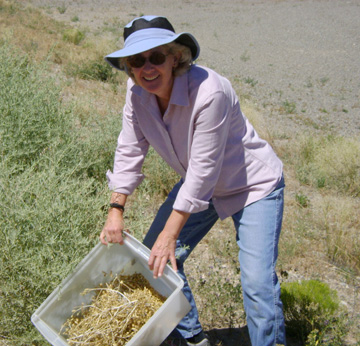 [Montrose, Colo. April 17, 2018] She has a fascinating job, and one that she basically created for herself. Kathy See works as a liaison with land management agencies and other organizations involved in land rehabilitation and restoration. She is the Native Plant Coordinator for the Uncompahgre Partnership. Kathy finds and collects wild seeds for genetic preservation.
[Montrose, Colo. April 17, 2018] She has a fascinating job, and one that she basically created for herself. Kathy See works as a liaison with land management agencies and other organizations involved in land rehabilitation and restoration. She is the Native Plant Coordinator for the Uncompahgre Partnership. Kathy finds and collects wild seeds for genetic preservation.
What this involves, “is going out and looking for large enough populations to find and collect seeds,” she explained. The seeds are then sent off to put into frozen storage at Colorado State University (CSU) labs. It’s a national program, but the seeds Kathy collects are stored right here in Colorado.
The native seed collection program is the basis of Seeds of Success (SOS), which started mostly in the west, but now involves seeds from all across America. The program originally started with KEW Gardens in London. Here in America, SOS has been run by the Bureau of Land Management (BLM) since 2001 and in partnership with numerous federal agencies and non-federal organizations. SOS’s mission: to collect wild land native seed for research, development, germplasm conservation, and ecosystem restoration.
Additionally, “I help various local project managers put together seed mixes and act as a resource for people needing information on availability of native seeds.” It’s a big job and involves a lot of agencies. “I actually work with a larger organization,” Kathy explains—“The Western Colorado Landscape Collaborative, which includes the Forest Service, BLM, Colorado Parks and Wildlife, Public Land Partnership, various utilities, and the many groups that come together to make decisions about federal and state lands.”
See also created the job herself. She was teaching fourth grade in Montrose, and contacted a colleague at Colorado Parks and Wildlife about an article she had read in the newspaper regarding seed conservation and preservation. One thing led to another, and she wound up working from home with a paid position that perfectly fit her background and interests: Kathy holds a master’s degree in plant ecology from CSU. “The whole idea of ecosystem restoration—where plants grow and why—is pretty cool,” she said.
Fall is report-writing time. Winter is rest time, much like it is for the plants, and summer is collection time. Collecting seeds involves various techniques, from pulling off seed heads to beating seeds into a bag, or with something bigger and tougher, like sagebrush, using a tennis racket to beat seeds into a trash can!
The most unusual plants she encounters? Plants on the salt desert between Delta and Grand Junction. “That soil is so salty and alkaline, and plants so specialized for where they are growing,” Kathy said. “These are things that thrive in a harsh environment, plants that can tolerate high salts, dense clay soil, and very sporadic moisture. Like Salt Bush, which absorbs so much salt, if you crunch on it, it’s kind of salty.”
She also finds the mountain shrub plant community interesting–things like scrub oak, aka Gambel oak. “People don’t realize what a huge role that species plays in that ecosystem,” she explained. “The plants are food for animals, and provide shelter for babies that need to hide from predators.” Then there are the fascinating similarities and differences in ecosystems where like plants grow. Columbine grows in the Colorado mountains, for example, but it also grows in Ireland. Two different climates, “but something similar between the two systems.”
Kathy See lives in Montrose, Colorado
This article also appears on website for the Woman’s Club of Ouray County. Designed and maintained by Kathryn R. Burke
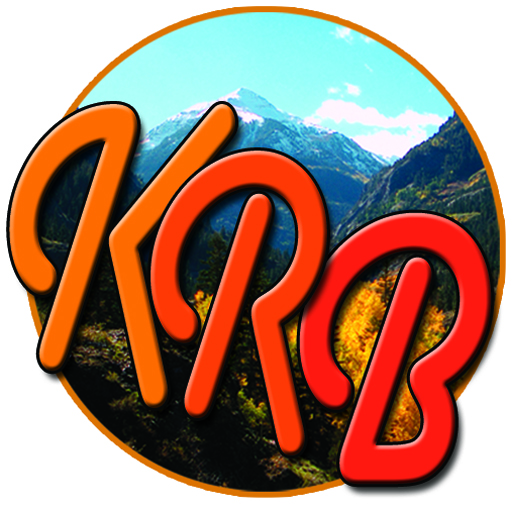
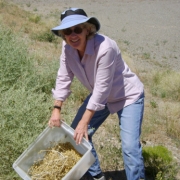
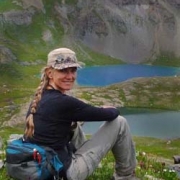



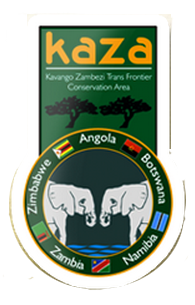
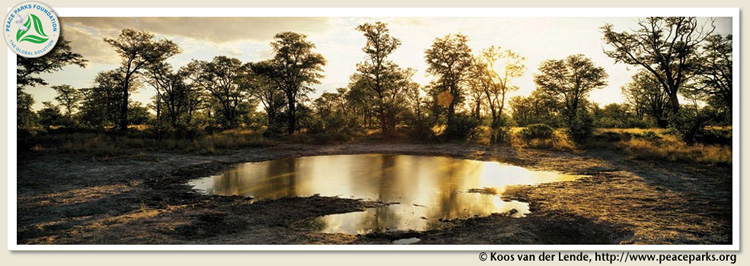
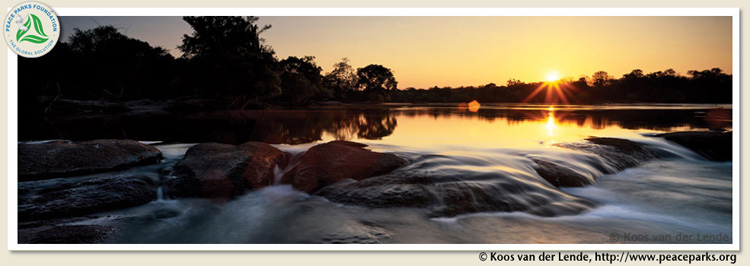
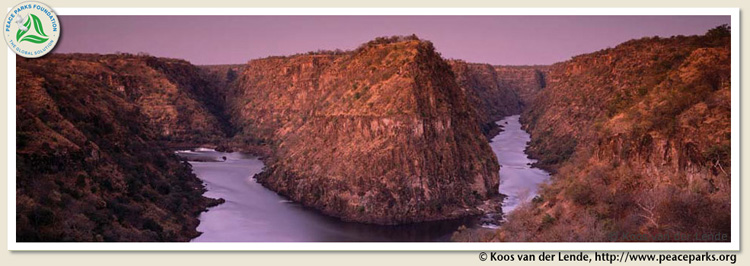
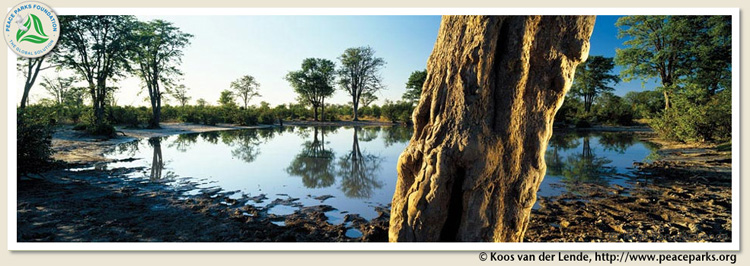

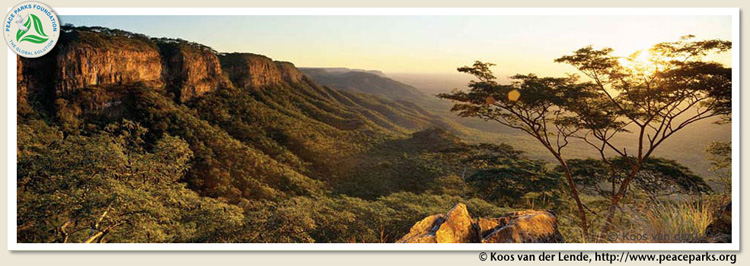
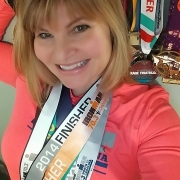

 [Montrose, Colo. April 19. 2016] This woman can swim! She can ride a bike faster than some of us drive our cars. She can run like the wind. Gia Porter is a Triathlete, an endurance athlete—someone who competes in events involving swimming, biking, and running. And she does this . . . “because it’s fun.”
[Montrose, Colo. April 19. 2016] This woman can swim! She can ride a bike faster than some of us drive our cars. She can run like the wind. Gia Porter is a Triathlete, an endurance athlete—someone who competes in events involving swimming, biking, and running. And she does this . . . “because it’s fun.”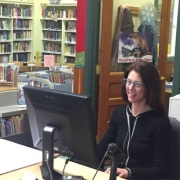
 [Ouray, Colo. January 19, 2016] Maureen O‘Driscoll is the Director of the Ouray Public Library. It’s a good fit. “I love books. I love being around books. I love talking about books. I especially like talking about books with patrons,” Maureen said.
[Ouray, Colo. January 19, 2016] Maureen O‘Driscoll is the Director of the Ouray Public Library. It’s a good fit. “I love books. I love being around books. I love talking about books. I especially like talking about books with patrons,” Maureen said.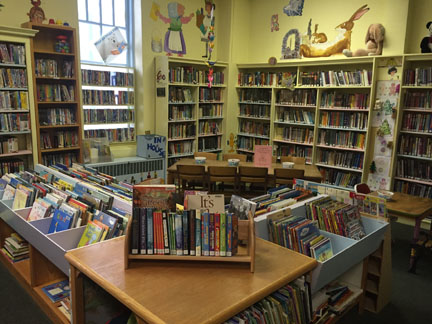
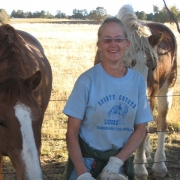
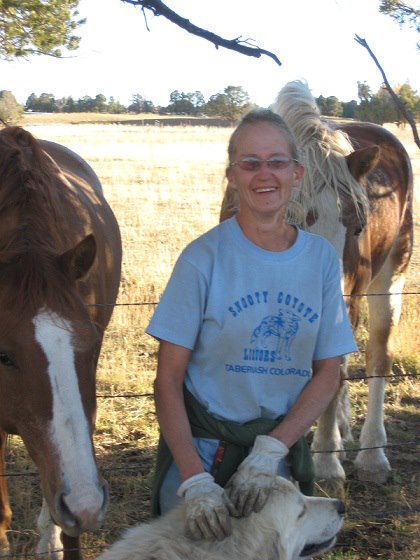
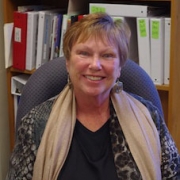
 [Ridgway, Colo. October 15, 2013] Susan Lee Long is the current Manager of the Ouray County 4-H Event Center and Fairgrounds in Ridgway, Colorado. She has been in this position for almost eight years. She also resides in Ridgway.
[Ridgway, Colo. October 15, 2013] Susan Lee Long is the current Manager of the Ouray County 4-H Event Center and Fairgrounds in Ridgway, Colorado. She has been in this position for almost eight years. She also resides in Ridgway. As the manager of the 4-H Event Center and Fairgrounds, she has been fortunate to meet many of the citizens, organizational members, and business owners in Ouray County. She has been instrumental in developing existing events into larger venues, as well as, bringing many new venues to our county’s Event Center and Fairgrounds.
As the manager of the 4-H Event Center and Fairgrounds, she has been fortunate to meet many of the citizens, organizational members, and business owners in Ouray County. She has been instrumental in developing existing events into larger venues, as well as, bringing many new venues to our county’s Event Center and Fairgrounds.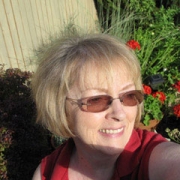
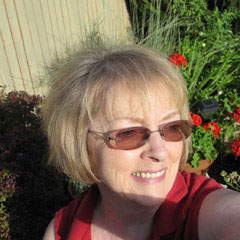 [Grand Junction, Colo. May 19. 2015] Rosemary Litz is an inspiration. A creative thinker and unique entrepreneur, Litz turned love of lavender into a thriving business. She first encountered the fragrant herb on a visit to Oregon, where there are numerous lavender growers and an active lavender association. She saw, she smelled, and she was inspired.
[Grand Junction, Colo. May 19. 2015] Rosemary Litz is an inspiration. A creative thinker and unique entrepreneur, Litz turned love of lavender into a thriving business. She first encountered the fragrant herb on a visit to Oregon, where there are numerous lavender growers and an active lavender association. She saw, she smelled, and she was inspired. This was the start of her home-based business that has grown over the last few years. Her products are now sold at various venues. She conducts in-home parties she calls ‘Lavender Sachet Salons’ and has a booth many local craft fairs and the annual Lavender Festival at Palisade Park. Litz is the owner, operator and sole employee of All About Lavender. Her lavender products are a familiar sight in numerous shops throughout the area, including Shabby Chic and the Grand Valley Magazine Retail Store in Grand Junction and Hairlines and Nail Designs in Montrose.
This was the start of her home-based business that has grown over the last few years. Her products are now sold at various venues. She conducts in-home parties she calls ‘Lavender Sachet Salons’ and has a booth many local craft fairs and the annual Lavender Festival at Palisade Park. Litz is the owner, operator and sole employee of All About Lavender. Her lavender products are a familiar sight in numerous shops throughout the area, including Shabby Chic and the Grand Valley Magazine Retail Store in Grand Junction and Hairlines and Nail Designs in Montrose.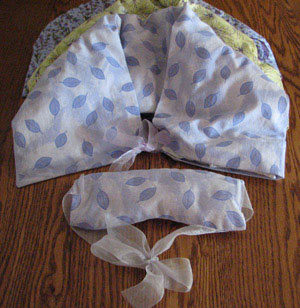
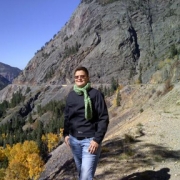
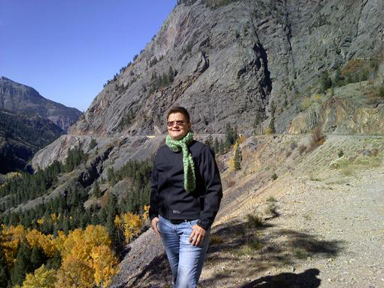 [Ouray, Colo. Nov. 13. 2013] Tamara Knutson followed a fairly direct path to get to where she is today. After graduating a BS in Resource Management, she went to work for the Department of Natural Resources in Wisconson for two years. She then joined her father’s firm, Knutson Bros. Remodelers, serving as Project Manager, scheduling subcontractors and ordering products, and later Field Project Manager. It was while working with her father and uncle that she learned all phases of the construction business.
[Ouray, Colo. Nov. 13. 2013] Tamara Knutson followed a fairly direct path to get to where she is today. After graduating a BS in Resource Management, she went to work for the Department of Natural Resources in Wisconson for two years. She then joined her father’s firm, Knutson Bros. Remodelers, serving as Project Manager, scheduling subcontractors and ordering products, and later Field Project Manager. It was while working with her father and uncle that she learned all phases of the construction business.